5 Things I Learned After My Pancreatic Cancer Diagnosis
The first thing I did after my GI called to tell me I had a tumor on my pancreas; I turned to Dr. Google.
During the call, my doctor mentioned the possibility of a neuroendocrine tumor, so I started there. But my searches quickly led me to something far more alarming: adenocarcinoma, the more common and more deadly form of pancreatic cancer.
At the time, my GI never actually said the word cancer. It took me a few days to accept what we were really talking about.
I soon fired Dr. Google and turned to medical journals. Being in the healthcare field helped me navigate those resources, but what I found was sobering. The five-year survival rate was 5%. That number has improved a little since then, but the message stuck: early detection is everything.
1. Early Detection Doesn’t Guarantee a Cure, But It Matters
There are two major types of pancreatic cancer: pancreatic ductal adenocarcinoma (PDAC) (which accounts for about 90% of cases) and neuroendocrine tumors. PDAC is far more aggressive. Unfortunately, symptoms are often vague early on and get brushed off as anxiety, GI issues, or stress-related discomfort. (I’ll speak more on that kind of medical gaslighting in another blog.)
Many patients aren’t diagnosed until the cancer has already spread. At that point, surgery is usually off the table. Treatment may include chemotherapy, radiation, or targeted therapies, with the hope that the tumor shrinks enough to make surgery possible. In some cases, palliative care is also introduced to manage symptoms and improve quality of life.
Even with early detection and surgery, PDAC often comes back. But catching it early gives you a fighting chance, and sometimes, that’s enough.
2. You Have to Be Your Own Advocate
I learned quickly that being a patient, even with a medical background, meant stepping into a whole new world of unfamiliar language and overwhelming decisions.
I started bringing written questions to every appointment. I focused on my priorities, especially around quality of life. I needed to know all my options, surgery, chemotherapy, alternative therapies, before I could make choices that felt right for me.
Eventually, my diagnosis was confirmed after a Whipple procedure (pancreaticoduodenectomy), which removed the head of my pancreas, part of my small intestine, gallbladder, part of the bile duct, and nearby lymph nodes. My GI system was rebuilt. Nothing about that surgery or its aftermath was simple.
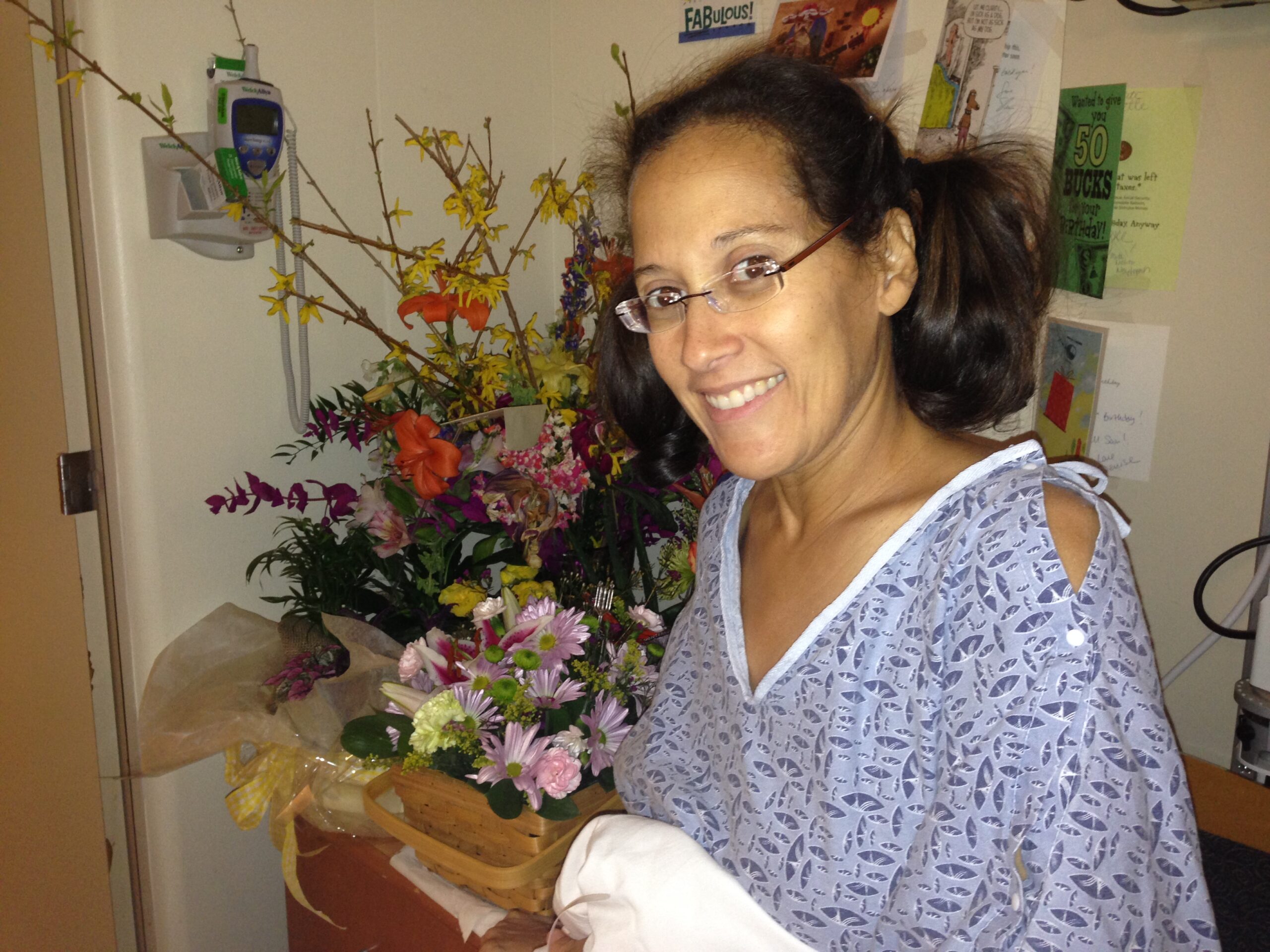
3. Recovery Is Not What They Tell You
My surgeon told me I’d be back to normal in a few months.
That never happened.
My digestive system was slow to recover. I now require multiple enzyme capsules every time I eat. My food choices are limited, and I still live with chronic, uncontrolled diarrhea despite trying just about every treatment available.
“No one warned me how hard survivorship would be.”
– Dr. Yvette Colón
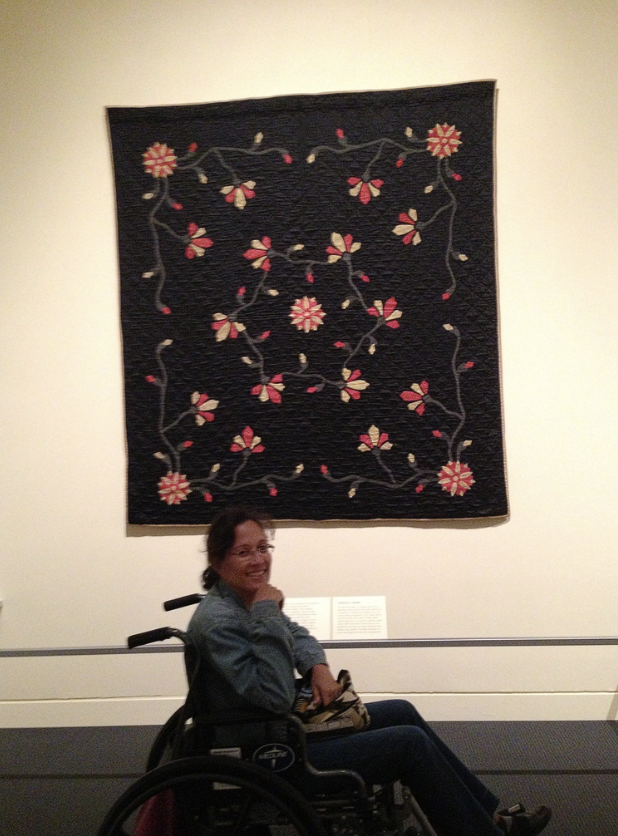
4. Support Systems Aren’t Optional
I didn’t find comfort in traditional support groups, but I did connect with a survivorship program at the cancer center. It included art and music therapy, exercise classes, and other resources that helped me cope.
I never met another pancreatic cancer survivor during that time. That was hard. I felt like a unicorn. But I did find strength in connecting with survivors of other cancers. They reminded me that we’re all navigating our own version of this road and no one gets through it alone.
5. You Can Find Hope Even When It Doesn’t Make Sense
Pancreatic cancer is still one of the deadliest diagnoses. The five-year survival rate is around 13%. That’s the reality.
But accepting that fact isn’t defeatist, it’s freeing.
It gave me the space to say, “That’s the statistic, not my story.” It helped me take risks, prioritize my well-being, and learn how to just be.
Some days, that means fighting. Other days, it means resting. But every day, it means choosing hope, even in the face of uncertainty.
If you’re preparing for your own medical journey, you may find my blog on 8 Practical Tips for Your First Oncology Appointment helpful. You can read it here. This blog post also includes a free downloadable checklist you can use to prepare.
Don’t Miss Out!
To get future posts on survivorship and advocacy delivered straight to your inbox, subscribe to my blog today.
Discover more from Dr. Yvette Colón
Subscribe to get the latest posts sent to your email.
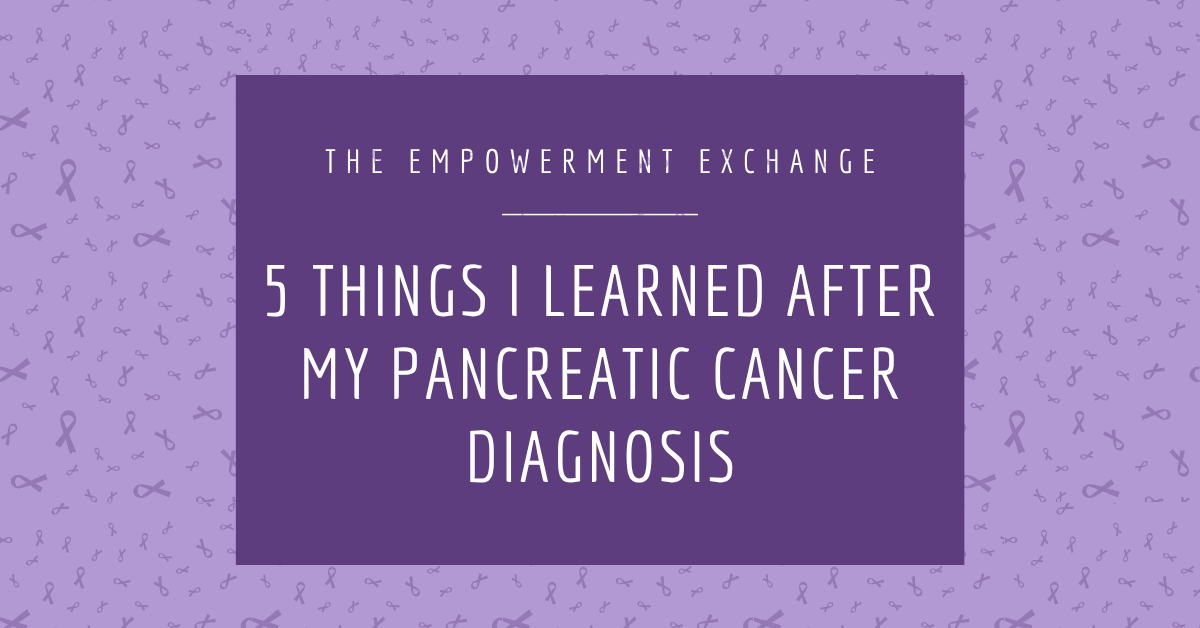
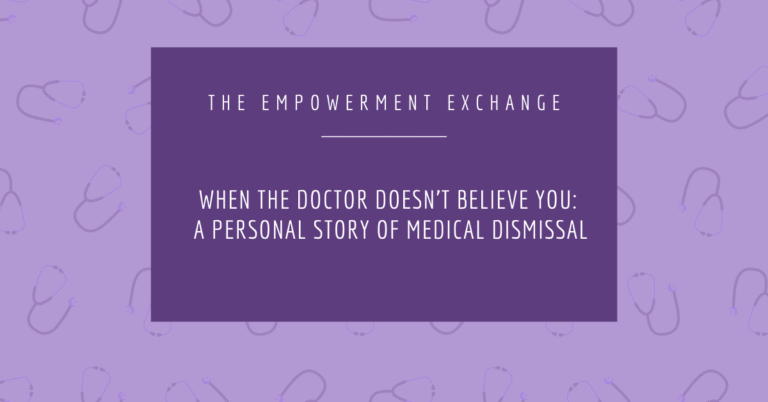
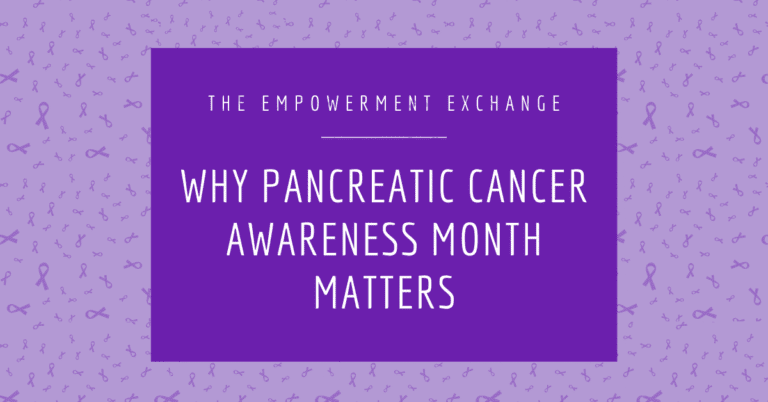
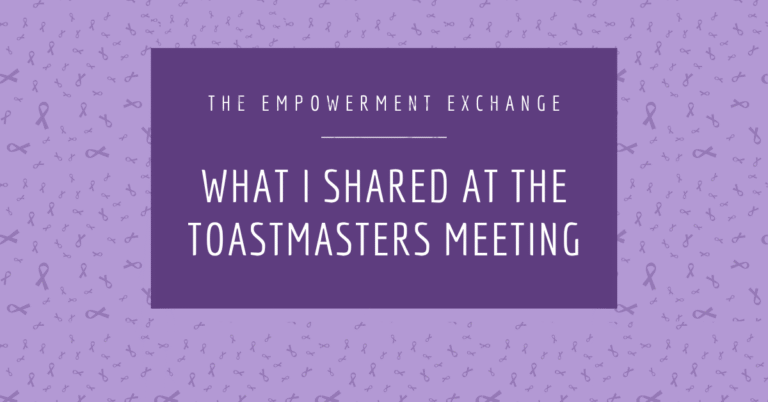
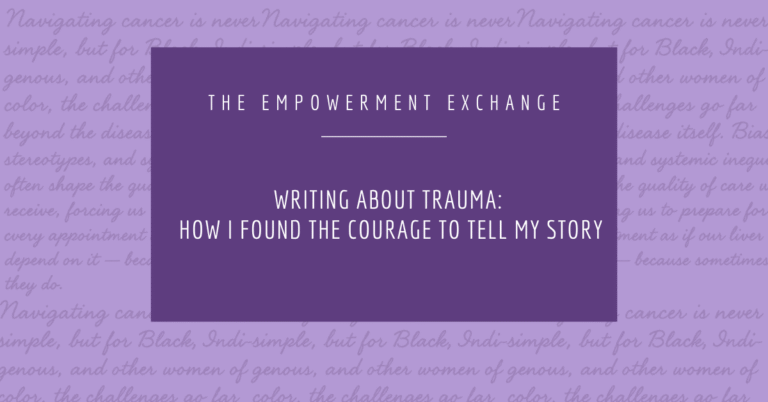
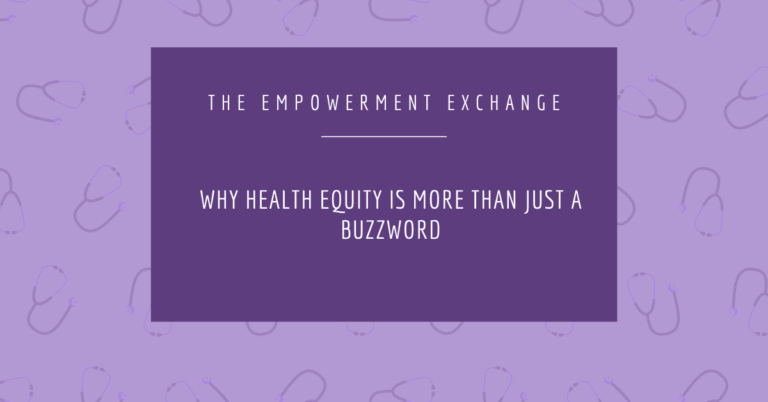
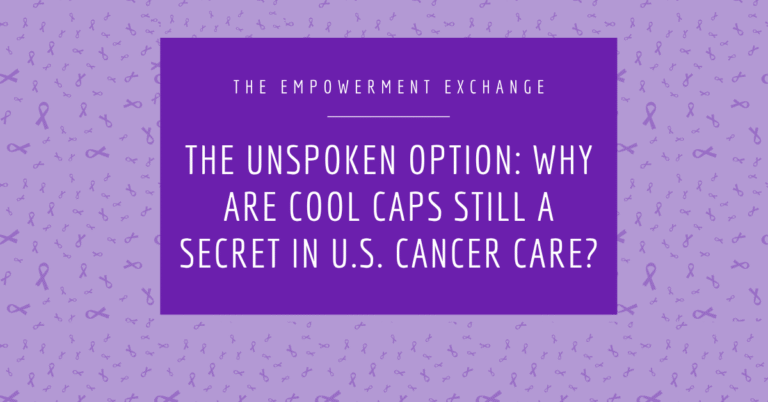
2 Comments